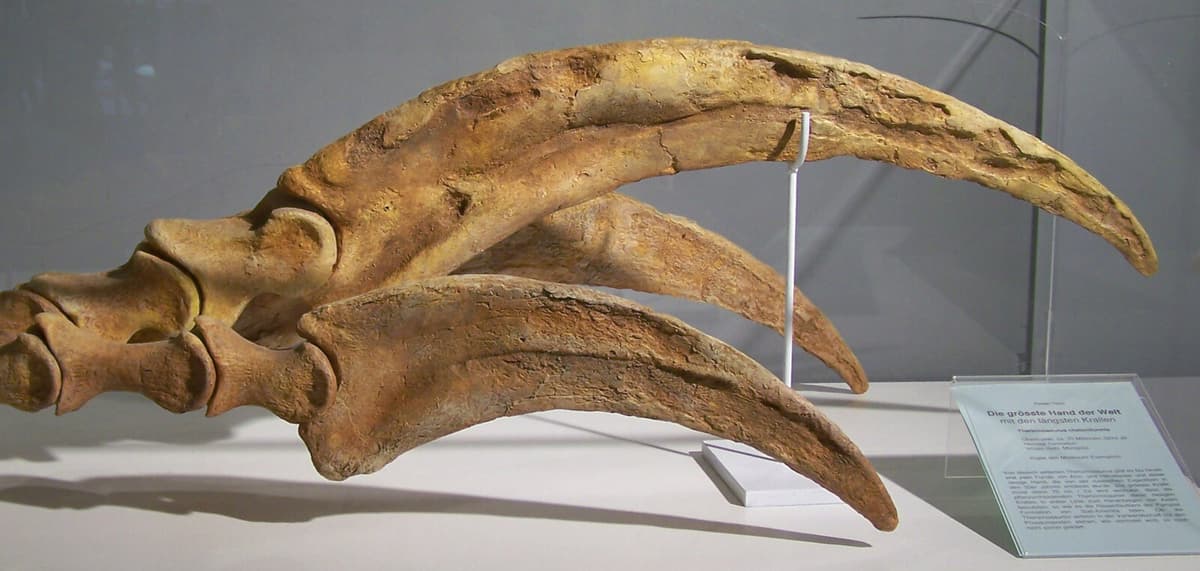The dinosaur, which has been given the scientific name Duonychus tsogtbaatari, is believed to have looked like a bizarre mixture of a sloth, a giraffe, and the cult film character Edward Scissorhands, according to researchers.
The plant-eating, likely feather-covered Duonychus tsogtbaatari belonged to the group of therizinosaurians, but unlike other therizinosaurians, the newly discovered species had two fingers instead of three. The fingers were equipped with gigantic claws that are believed to have been used to reach high-placed vegetation – but also as weapons.
They were not predators, but they could definitely defend themselves with these claws, says paleontologist Darla Zelenitsky to CNN.
The paleontologists found fossils of the prehistoric creature in the Gobi Desert several years ago. Only now have the findings been published in the scientific journal iScience.
Duonychus tsogtbaatari is believed to have been around three meters long and weighed around 260 kilos. It lived during the Cretaceous period, i.e., 145 to 66 million years ago. In addition to the claws, parts of the dinosaur's spine, tail, hips, arms, and legs have been found.





